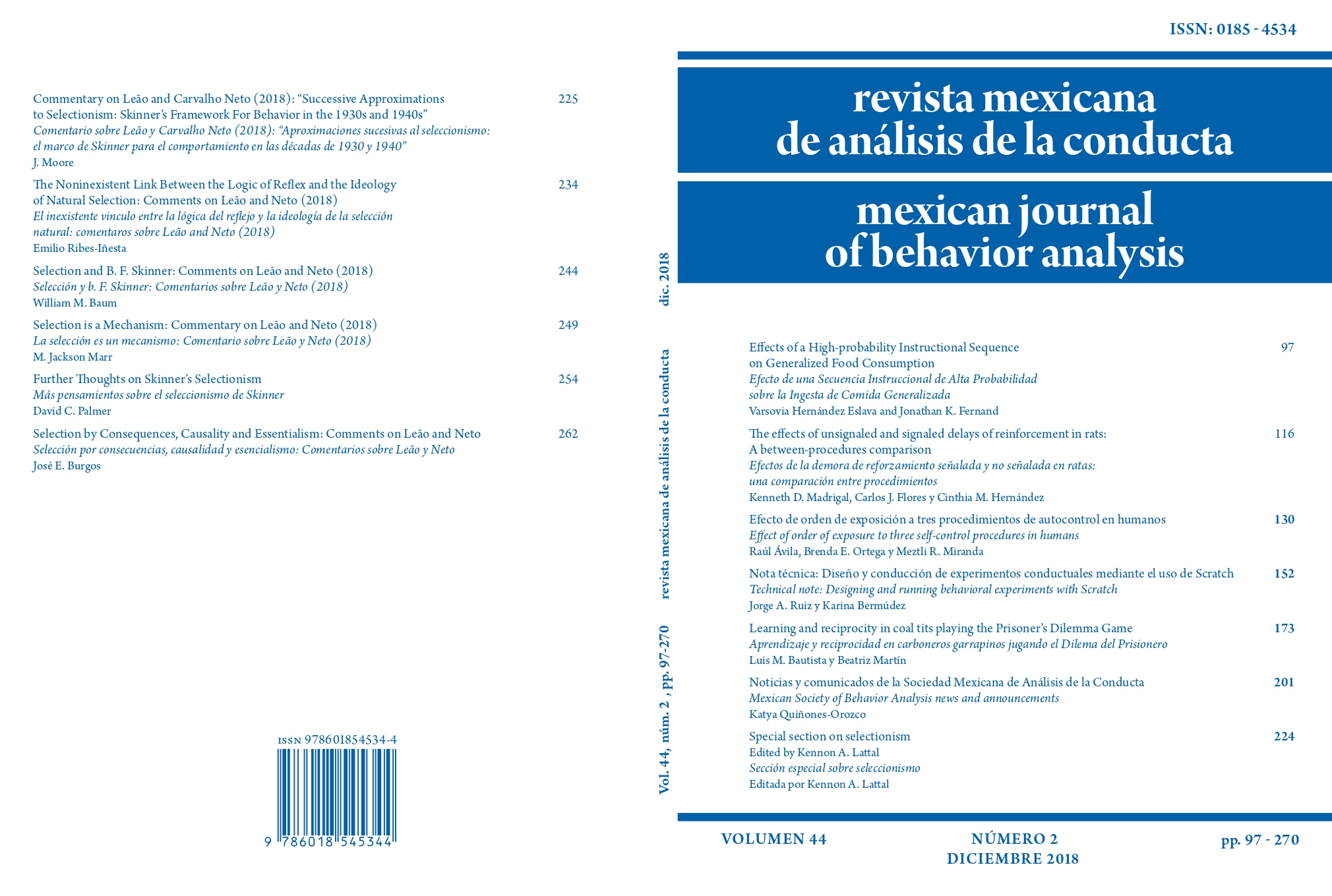Further Thoughts on Skinner’s Selectionism
Main Article Content
Abstract
Early in Skinner’s professional career, he took an important step away from the psychological essentialism that pervades the field of psychology: He observed that the relationship between behavior and its consequences was most orderly when his analytical units embraced the variability that is implicit in all selection contingencies. The view that variability is fundamental, not accidental, is the central difference between selectionism and essentialism. One reason for pursuing analogies among different levels of selection is the extraordinary power of contingencies of selection to explain adaptive complexity in nature. Apparent exceptions to the analogy between behavioral and evolutionary development can be interpreted in terms of directed variation. As an example of directed variation, Skinner’s explicit exposition of the analogy between shaping and natural selection in 1953 might have been inspired, in part, by the work of the British biologist, J. W. S. Pringle (1951).
